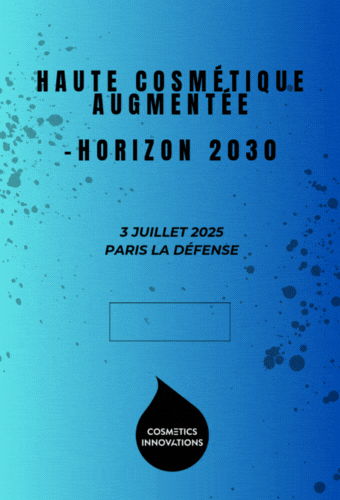The tiny and ubiquitous pieces of mostly invisible plastic have already been found almost everywhere else on Earth, from the deepest oceans to the highest mountains as well as in the air, soil and food chain. However, it is the first time that their presence in human blood has been demonstrated.
Plastic detected in 80% of samples
A Dutch study [1] published in the Environment International journal on Thursday examined blood samples from 22 anonymous, healthy volunteers and found microplastics in quantifiable quantities in 17 of them (nearly 80 percent).
Half of the blood samples showed traces of PET plastic (polyethylene terephthalate), a widely used substance globally, in particular to make drink bottles. More than a third had polystyrene, commonly used to produce disposable food containers and many other products. PE (polyethylene) and PMMA (poly methyl methacrylate) were also detected and 23% and 5% of the samples, respectively.
The mean of the sum concentrations for each donor was 1.6 µg total plastic particles/ml blood sample.
"This is the first time we have actually been able to detect and quantify," such microplastics in human blood, said Dick Vethaak, an ecotoxicologist at Vrije Universiteit Amsterdam. "This is proof that we have plastics in our body — and we shouldn’t," he told AFP, calling for further research to investigate how it could be impacting health.
Origin to be identified
"Where is it going in your body? Can it be eliminated? Excreted? Or is it retained in certain organs, accumulating maybe, or is it even able to pass the blood-brain barrier?" questioned the scientist about the plastic in human body.
The uptake routes of plastic particles detected in human bloodstream are likely to be via mucosal contact (either ingestion or inhalation). Dermal uptake of fine particles is unlikely except if the skin is damaged. The authors of the study therefore said the microplastics could have entered the body by many routes: via air, water or food, but also in products such as hygiene or cosmetic products (toothpastes or lip glosses, for instance) or tattoo ink.
Furthermore, "it is scientifically plausible that plastic particles may be transported to organs via the bloodstream," they added.
Small sample but solid results
The study was funded by the Netherlands Organisation for Health Research and Development as well as Common Seas, a UK-based group aimed at reducing plastic pollution.
Alice Horton, anthropogenic contaminants scientist at Britain’s National Oceanography Centre, said the study "unequivocally" proved there was microplastics in human blood. "This study contributes to the evidence that plastic particles have not just pervaded throughout the environment, but are pervading our bodies too," she told the Science Media Centre.
Fay Couceiro, reader in biogeochemistry and environmental pollution at the University of Portsmouth, said that despite the small sample size and lack of data on the exposure level of participants, she felt the study was "robust and will stand up to scrutiny". She also called for further research. "After all blood links all the organs of our body and if plastic is there, it could be anywhere in us."




































